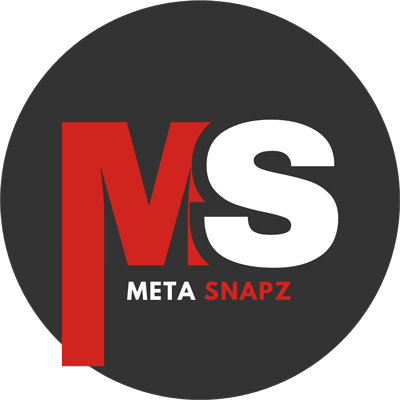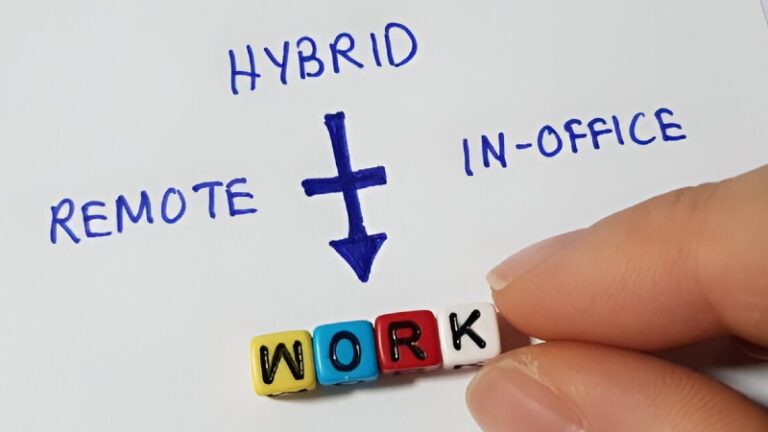The workplace is undergoing a transformative shift. The COVID-19 pandemic accelerated trends that were already emerging, challenging traditional office-centric models and pushing organizations to rethink how, where, and why employees work. Today, businesses face a critical question: Should they embrace remote work, hybrid models, or return fully to the office?
Understanding the Three Main Work Models
Remote Work
Remote work allows employees to perform their duties entirely outside a traditional office environment. This model gained massive traction during the pandemic and continues to thrive in sectors where technology and digital communication dominate.
- Benefits: Flexibility, reduced commuting costs, improved work-life balance, and often higher productivity.
- Challenges: Social isolation, blurred boundaries between work and personal life, and difficulties with collaboration.
Hybrid Work
Hybrid work combines remote and office-based work, giving employees the flexibility to split their time according to organizational and personal needs. This model has emerged as a popular compromise for many companies.
- Benefits: Maintains collaboration and company culture while offering flexibility, supports employee well-being, and helps retain talent.
- Challenges: Requires robust technology, careful scheduling, and clear communication to avoid creating divisions between remote and in-office employees.
Back to Office
The traditional office model emphasizes in-person collaboration and structured working hours. Some organizations are advocating a full return to the office to rebuild culture and strengthen team cohesion.
- Benefits: Enhanced collaboration, stronger organizational identity, immediate feedback loops, and reduced risk of employee isolation.
- Challenges: Resistance from employees accustomed to flexibility, higher overhead costs, and less adaptability to modern work preferences.
Comparing Productivity and Performance
Productivity often determines which work model suits a business best. According to a 2024 report by Global Workplace Analytics:
| Work Model | Productivity Impact | Employee Satisfaction |
|---|---|---|
| Remote | +15% average productivity increase | High, due to flexibility and autonomy |
| Hybrid | +10% average productivity increase | Very High, balances flexibility with collaboration |
| Office-Based | +5% average productivity increase | Moderate, depends on culture and commute stress |
As the table shows, hybrid and remote models tend to boost productivity and satisfaction more than a traditional office-only approach. However, industry, role type, and organizational culture significantly affect these outcomes.
Employee Well-Being and Retention
Employee well-being has emerged as a top priority for organizations aiming to attract and retain talent. Flexible work models play a crucial role in this aspect:
- Remote Work: Reduces stress from commuting and provides better control over work-life balance.
- Hybrid Work: Offers the social interaction of office days while keeping the benefits of remote work.
- Office-Based Work: Provides consistent routines but can increase stress for employees with long commutes or family responsibilities.
Research from Gallup in 2024 found that employees with flexible schedules are 22% more likely to report feeling engaged and motivated at work, and hybrid models are linked to higher retention rates.
Impact on Company Culture and Collaboration
While flexibility is essential, company culture cannot be overlooked. Maintaining a strong culture and effective collaboration requires intentional planning:
- Remote Teams: Must rely on digital collaboration tools, virtual team-building activities, and clear communication policies.
- Hybrid Teams: Can balance remote autonomy with in-person collaboration for brainstorming, mentorship, and onboarding.
- Office-Based Teams: Easier to maintain culture and team cohesion but may struggle to accommodate diverse work styles.
Example: Salesforce implemented a hybrid model post-pandemic and saw a 30% increase in cross-team project efficiency while preserving company culture through quarterly in-office collaboration days.
Technology and Cybersecurity Considerations
Technology is a key enabler for both remote and hybrid work. Companies must invest in secure platforms, collaboration tools, and training to minimize risks:
- Remote work requires robust VPNs, cloud storage solutions, and cybersecurity training to prevent breaches.
- Hybrid models require seamless integration between in-office and remote systems, ensuring equal access to resources and data.
- Office-based models face fewer cybersecurity risks from personal devices but require infrastructure investment.
Industry-Specific Suitability
The best work model often depends on the industry and the nature of tasks:
- Tech and Digital Services: Remote and hybrid work thrive due to cloud-based tools and flexible schedules.
- Healthcare and Manufacturing: Office-based or on-site work is essential due to physical presence requirements.
- Consulting and Creative Agencies: Hybrid models balance client interaction, creative brainstorming, and flexibility.
Future Trends in the Workplace
Several emerging trends are shaping the future of work:
- Redefined Office Spaces: Offices as collaboration hubs rather than daily workspaces.
- AI and Automation: Streamlining repetitive tasks, allowing employees to focus on creative and strategic work.
- Sustainability Focus: Reduced commuting lowers carbon emissions, appealing to environmentally conscious organizations.
- Well-being Programs: Mental health support and flexible schedules are increasingly integrated into company policies.
Outcome-Based Work Models
One emerging approach not widely discussed is the shift from location-based models to outcome-based work models. Instead of measuring attendance, organizations focus on measurable results and employee outputs. This method allows flexibility while ensuring accountability:
- Key Advantage: Employees can choose when and where they work, as long as goals and deadlines are met.
- Example: A marketing team might track campaigns launched, content quality, and audience engagement metrics rather than hours worked.
- Impact: Encourages autonomy, reduces burnout, and aligns company goals with employee performance.
Conclusion
The future of work is not a one-size-fits-all scenario. Remote, hybrid, and office-based models all offer unique advantages and challenges. Businesses must consider:
- Nature of work and industry requirements
- Employee preferences and well-being
- Company culture and collaboration needs
- Technology and cybersecurity readiness
- Outcome-based performance metrics
Ultimately, hybrid models, complemented by outcome-based evaluation, may offer the most balanced solution `providing flexibility, maintaining collaboration, and empowering employees to achieve results. Organizations that adapt thoughtfully to these trends will be better positioned to thrive in the evolving workplace landscape.
By embracing flexibility, leveraging technology, and prioritizing employee well-being, companies can create a future-ready workforce that is productive, engaged, and motivated whether remote, hybrid, or in-office.
Frequently Asked Questions (FAQs)
What is the difference between remote, hybrid, and office-based work?
Remote work is fully outside the office, hybrid combines remote and in-office days, and office-based work requires full-time presence at the office. Each model has unique benefits and challenges depending on industry and role.
Which work model is most productive?
Studies suggest that hybrid models tend to offer the best balance, boosting productivity and employee satisfaction. Remote work also increases productivity for many, while office-only work may lag depending on company culture and commute stress.
How does the work model affect employee well-being?
Remote and hybrid work models improve work-life balance and reduce stress from commuting. Office-based work can support routine and collaboration but may increase stress for employees with long commutes.
Are hybrid models suitable for all industries?
Not necessarily. Tech, digital services, and creative industries benefit most from hybrid arrangements, while healthcare, manufacturing, and some service roles may require full in-person presence.
What is an outcome-based work model?
An outcome-based work model focuses on measurable results rather than hours worked or location. Employees can work remotely or in-office as long as they achieve set goals, increasing autonomy and reducing burnout.
How can companies maintain culture in remote or hybrid work?
Organizations can maintain culture through virtual team-building, regular check-ins, collaborative tools, quarterly in-office days, and consistent communication of values and goals.


